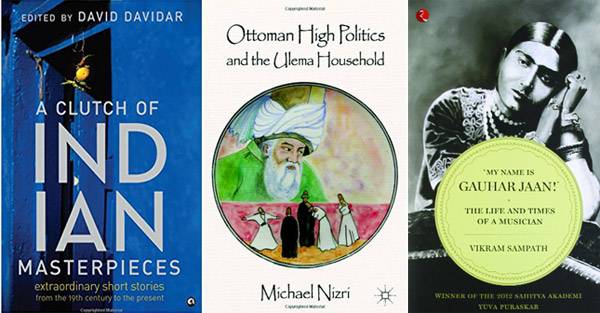
Made for Mughal Emperors: Royal Treasures from Hindustan
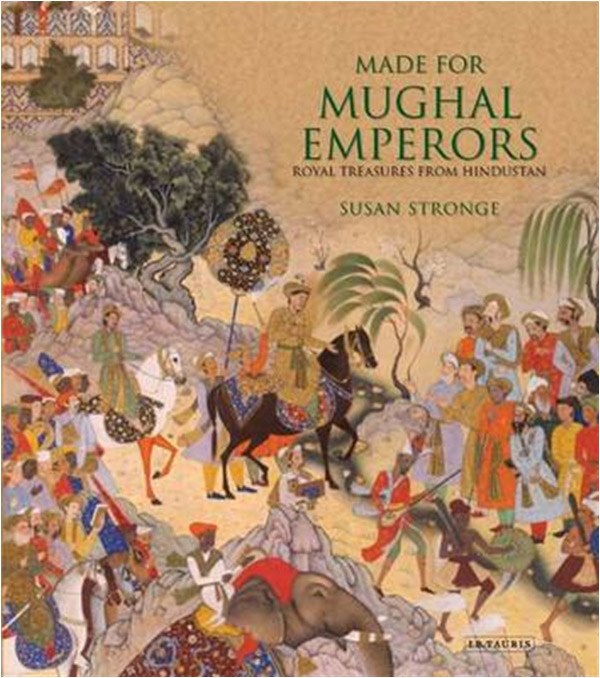
Susan Stronge
I B Tauris [hardback], 2010
PRs 3,295
Mughal Hindustan is renowned for its opulence. From the architecture of the Taj Mahal to the intricacies of miniature paintings, the artwork of the Mughal court still captivates scholars and general readers alike. Under emperors Akbar, Jahangir, and Shah Jahan, the court produced some of the greatest arts and crafts of the era. Artists and craftsmen came from Europe, Persia and all over the Indian subcontinent to the Mughal palaces to offer their skills and expertise. Susan Stronge’s lavishly illustrated book tells the stories behind the artwork, revealing the lives and livelihoods of those who redefined the world of Islamic art. She traces the route from craftsmen in their workshops to the royalty and nobles who commissioned these exquisite pieces. Made for Mughal Emperors, which contains many images never before published in the West, provides a sweeping history of Mughal artwork and a fascinating insight into the workings of the Mughal court.
A Clutch of Indian Masterpieces: Extraordinary Short Stories From the 19th Century to the Present
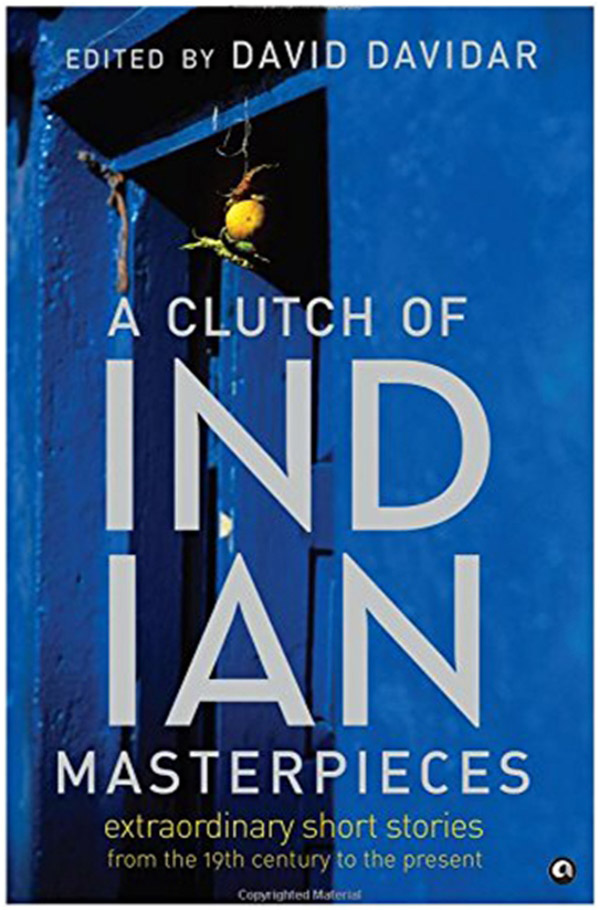
Ed. David Davidar
Aleph Book Company [hardback], 2014
PRs 1,395
The basic criterion for featuring stories in this book, says David Davidar, is “whether I liked them or not.” The 39 short stories in this anthology run the gamut from a ghost story by Rabindranath Tagore, India’s most famous writer, to a fable by Kanishk Tharoor, a writer who has come of age in the twenty-first century. They showcase the extraordinary range and diversity of the Subcontinent’s storytelling tradition. The first recognizably modern Indian short stories were written in Bengal (by Tagore and others) in the second half of the nineteenth century and writers from other regions were quick to follow suit, often using the form to protest against colonial oppression and the various ills afflicting rural and urban India. Over the next century and a half, some of the world’s finest writers from India have produced outstanding fiction in every conceivable genre. Many of these stories find a place in this volume as does work by emerging talent. There are stories of classical realism, stories rooted in folklore and myth, tales of fantasy, humour, horror, crime and romance, stories set in villages, small towns, cities and the moon. And as all good stories do, they will make one see the world differently.
“My Name is Gauhar Jaan!”: The Life and Times of a Musician
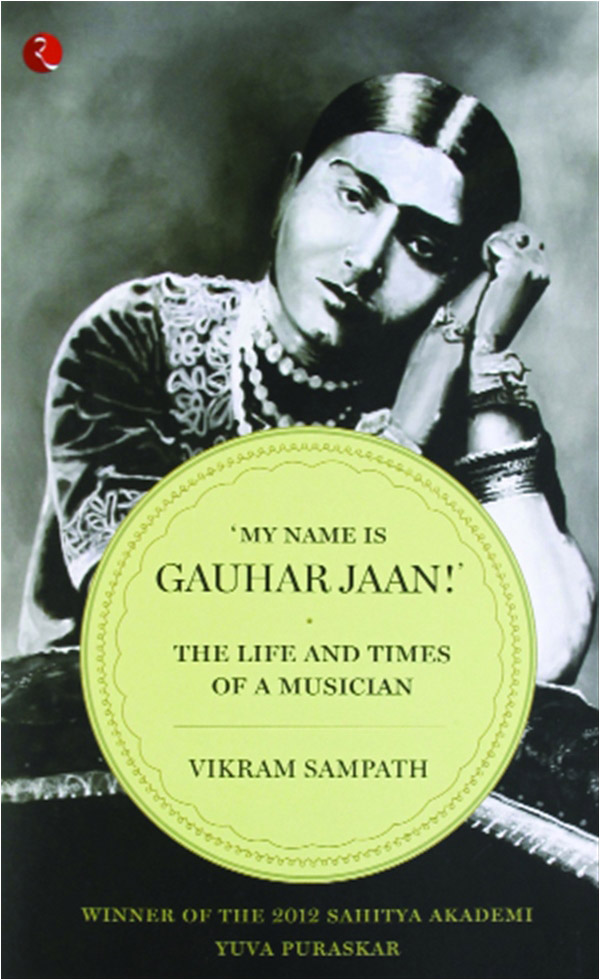
Vikram Sampath
Rupa Publishers [paperback], 2012
PRs 795
“My Name is Gauhar Jaan!” The earliest recordings of Indian music are distinguished by this high-pitched, flirtatious announcement made towards the end of the rendition. The singer’s declaration seemed to epitomize a milestone in the history of Indian classical music: one that would change forever its content, structure, and style. Gauhar Jaan (1873–1930), eminent Hindustani classical vocalist, symbolizes the resurgent women musicians of the time. Born Eileen Angelina Yeoward, an Armenian Christian who later converted to Islam, Gauhar Jaan was one of the earliest women artists to seize the opportunity that came with the advent of recording technology: hers was the first Indian voice to be recorded in 1902. Along with her musical talent, her striking good looks and flamboyant lifestyle and her ability to compose verses in Urdu and Hindi made her a popular figure. This book traces the story of her life with all its attendant myths as well as the times in which she lived and made exquisite music. It also describes briefly the evolution of the recording industry in India and its impact on Indian music, theatre and social life.
Ottoman High Politics and the Ulema Household
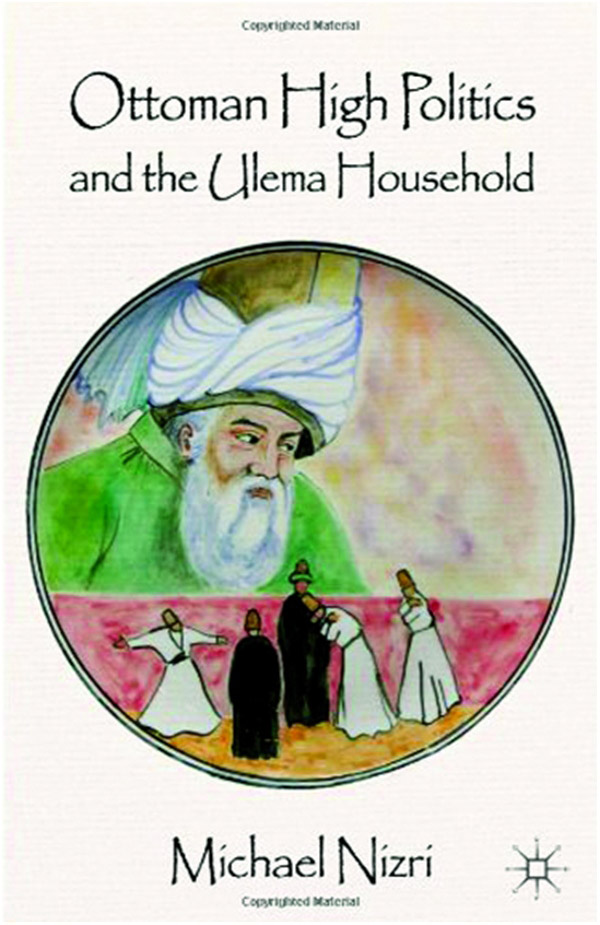
Michael Nizri
Palgrave Macmillan [hardback], 2014
PRs 11,940
In the 17th century, the elite household (kapi) became the focal point of Ottoman elite politics and socialization. It was a cultural melting pot, bringing together individuals of varied backgrounds through empire-wide patronage networks. This book investigates the layers of kapi power through the example of Seyhülislam Feyzullah Efendi, who occupied the highest position in the legal-academic establishment between 1695 and 1703. During this time, Efendi amassed extraordinary power and wealth, and became hated by both the ruling elite, including his own peers, and the rank and file. This resulted in his violent death, a direct consequence of which came to be known in Ottoman history as the “Edirne Incident”. Feyzullah Efendi was an extraordinary personality and his uniqueness helps one understand better the normative expectations and practices associated with the expansion and working of Ottoman elite households established by viziers, pashas and the ulema.

